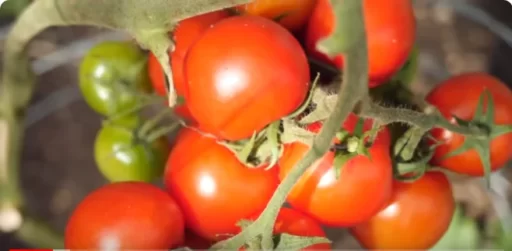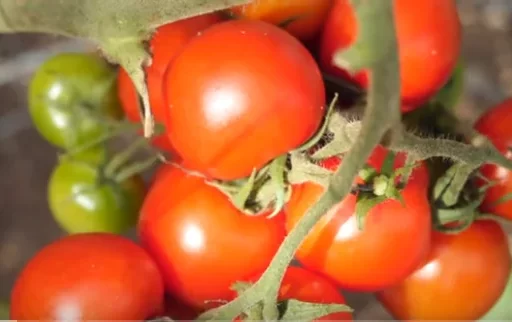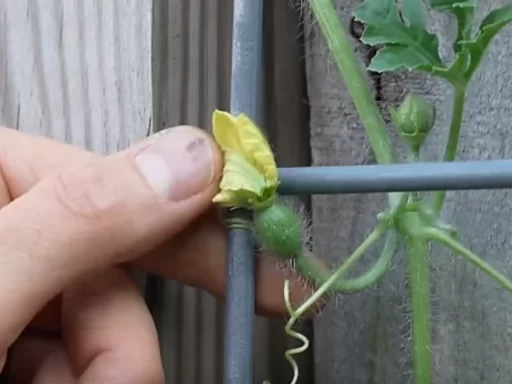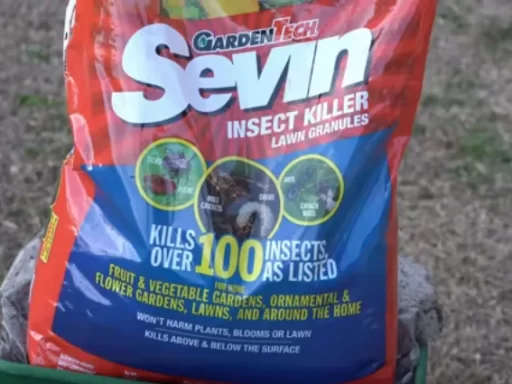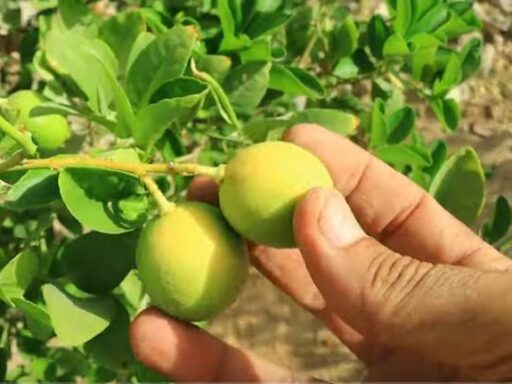Growing tomatoes is a rewarding experience for many gardeners, but it’s easy to make mistakes that can harm your crop. If you’ve been struggling with your tomato production, this article will help you identify and fix some common mistakes that may be stunting your tomato plants’ growth and reducing their yield. Below are four key mistakes that many gardeners make and how to avoid them.
Mistake #1: Inadequate Fertilization
One of the most common mistakes gardeners make is not fertilizing their tomato plants enough. Many people rely solely on soil or homemade compost to provide nutrients, but modern tomato varieties require more nutrients than that. These cultivated tomatoes have been bred to produce large fruits, and their nutrient demands are significantly higher than wild tomatoes.
If you’re not providing a consistent, external source of fertilizer, your tomatoes may not reach their full potential. Relying only on compost may leave your plants undernourished. To boost your tomato production, it’s important to adopt a regular fertilization routine. A good strategy is to fertilize every two weeks with an organic all-purpose fertilizer that has a balanced nutrient ratio, such as a 5-5-5 NPK fertilizer. Additionally, supplementing with bone meal provides a slow release of phosphorus, which promotes strong root growth and enhances flower and fruit production.
After fertilizing, you should lightly mix the fertilizer into the top inch of the soil and water the plants thoroughly. This helps the nutrients reach the roots and ensures your plants are well-nourished. For optimal results, follow this routine consistently throughout the growing season.
Mistake #2: Using the Wrong Fertilizer at the Wrong Time
Another common mistake is using the wrong type of fertilizer during the flowering phase of tomato growth. Fertilizers that are too high in nitrogen, like general-purpose Miracle-Gro or fish emulsion, encourage excessive leafy growth rather than flowers and fruits.
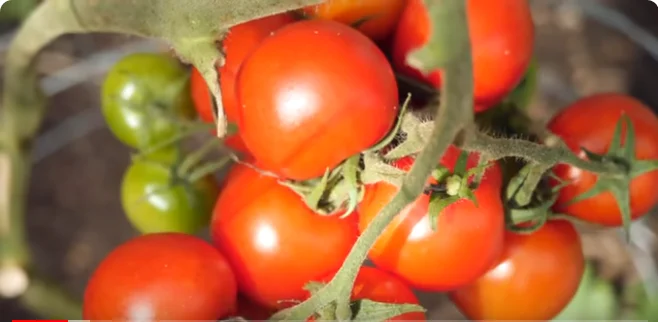
Tomatoes need a balance of nutrients, especially during the flowering and fruiting stages. Nitrogen promotes leafy growth, phosphorus supports flower and fruit development, and potassium helps with cellular health and metabolism. Fertilizers like Jack’s 20-20-20 or a 10-30-20 Blossom Booster are ideal for promoting fruiting, as they provide a more balanced nutrient profile. These fertilizers ensure that your plants focus energy on producing flowers and fruit rather than just foliage.
If you want to boost flowering and fruiting, switch to a fertilizer with more phosphorus and a balanced nutrient ratio when your plants begin to flower. Avoid high-nitrogen fertilizers at this stage to prevent growing a plant with lots of leaves but few tomatoes.
Mistake #3: Pruning Determinate Tomatoes Incorrectly
Pruning is an important part of tomato plant care, but it can be harmful if done incorrectly. Most gardeners are familiar with pruning indeterminate tomato plants by removing “suckers” (the small shoots that grow between the main stem and branches) to improve airflow and manage growth. However, this technique should not be applied to determinate tomato plants.
Determinate tomatoes grow to a set height and produce all their fruit at once. These plants grow like bushes, not vines, and their suckers are essential for flower and fruit production. Removing these suckers can drastically reduce your yield. For determinate varieties, the only pruning you should do is to remove leaves that touch the ground to prevent disease. Otherwise, leave the suckers intact to ensure you get the most fruit from your plant.
Indeterminate tomatoes, on the other hand, benefit from sucker pruning because they continue to grow throughout the season. Pruning helps prevent disease and improves fruit production by focusing the plant’s energy on fewer stems. Understanding the type of tomato you’re growing is essential for pruning correctly.
Mistake #4: Improper Spacing of Indeterminate Tomatoes
Proper spacing is crucial for maximizing tomato production and preventing disease. Many gardeners prune their indeterminate tomatoes to manage the size of the plant and improve airflow, but the number of stems you leave depends on how closely your plants are spaced.
If you plant tomatoes too close together and don’t prune enough stems, you risk creating a dense, overgrown area where diseases and pests can thrive. Conversely, if you prune too many stems from widely spaced plants, you’ll miss out on potential fruit production.
To find the right balance, consider how much space each plant has. For example, if your tomato plants are spaced 12-18 inches apart, pruning them to a single stem allows for enough airflow while maximizing fruit production. If you have more space between your plants, you can leave more stems and allow the plant to bush out. The key is to match the pruning method to your spacing and growing environment.
By understanding how pruning affects tomato production, you can manage your plants more effectively and improve their overall health and yield.
Frequently Asked Questions
1. How often should I fertilize my tomato plants?
It’s recommended to fertilize tomato plants every two weeks. Use a balanced organic fertilizer and supplement with bone meal to support healthy growth and fruit production.
2. What kind of fertilizer should I use for tomatoes?
For general growth, use a balanced fertilizer with an NPK ratio like 5-5-5 or 4-4-4. When your plants begin to flower, switch to a fertilizer with more phosphorus, such as 10-30-20, to promote flowering and fruiting.
3. Should I prune my tomato plants?
Pruning is beneficial for indeterminate tomatoes, but not for determinate varieties. Prune indeterminate plants to manage growth and improve airflow, but avoid pruning the suckers on determinate plants as this will reduce fruit production.
4. How do I know if my tomato plants are determinate or indeterminate?
Check the seed packet or plant tag. If you bought transplants and the tag doesn’t specify, you can search the variety online. Indeterminate plants grow as vines, while determinate plants grow as bushes.
5. What is the best spacing for tomato plants?
Indeterminate tomato plants need at least 18-24 inches of space between them, while determinate plants can be spaced closer together. Proper spacing ensures good airflow and helps prevent disease.
6. Can I mix different types of fertilizers?
Yes, you can blend different fertilizers to provide a more balanced nutrient profile. For example, combining a high-phosphorus fertilizer with an organic fish fertilizer can promote fruiting while providing essential micronutrients.
7. What are common signs of over-fertilizing tomatoes?
Yellowing leaves, excessive leafy growth with few flowers, and salt buildup in the soil are common signs of over-fertilization. Be cautious not to overdo it, especially with nitrogen-rich fertilizers.

